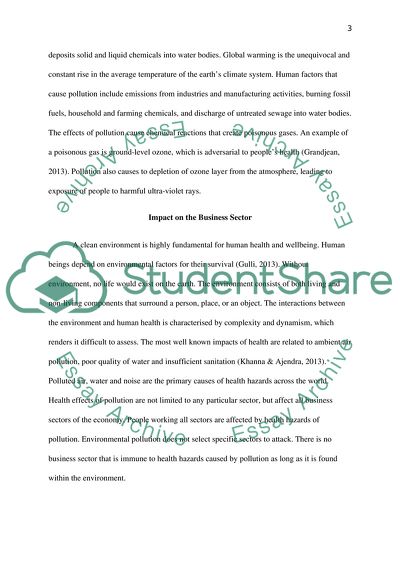Cite this document
(Impact of Pollution on Human Health and the Environment Essay, n.d.)
Impact of Pollution on Human Health and the Environment Essay. Retrieved from https://studentshare.org/environmental-studies/1631332-pollution-human-health-and-the-environment
Impact of Pollution on Human Health and the Environment Essay. Retrieved from https://studentshare.org/environmental-studies/1631332-pollution-human-health-and-the-environment
(Impact of Pollution on Human Health and the Environment Essay)
Impact of Pollution on Human Health and the Environment Essay. https://studentshare.org/environmental-studies/1631332-pollution-human-health-and-the-environment.
Impact of Pollution on Human Health and the Environment Essay. https://studentshare.org/environmental-studies/1631332-pollution-human-health-and-the-environment.
“Impact of Pollution on Human Health and the Environment Essay”, n.d. https://studentshare.org/environmental-studies/1631332-pollution-human-health-and-the-environment.


